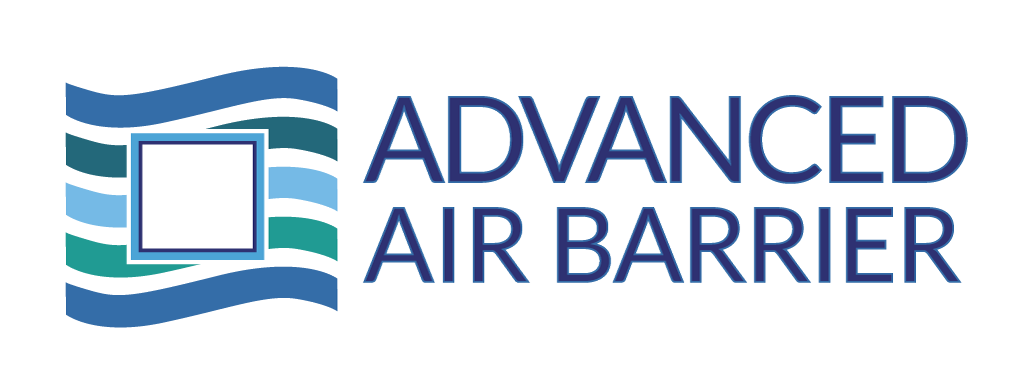Frequently Asked Questions
Here are answers to some of the most commonly asked questions about Aerobarrier.
Have Other Questions? Contact Us »
When can it be applied?
AeroBarrier can be applied at any time after the space can be pressurized. Different construction methods and climate zones will determine the proper time to apply AeroBarrier. Rough-in or early stages of drywall is the most economical for application, but it can be applied to completely finished spaces.
What size hole will AeroBarrier seal?
AeroBarrier seals holes as large as ½”, and as tiny as a human hair. Aerosol sealing is extremely effective at sealing narrow gaps and extremely small holes that are typically not costeffective or are missed during manual sealing.
What is the sealant made of?
The AeroBarrier X1 sealant is a waterborne acrylic. The sealant is GreenGuard Gold certified and has been tested according to various ASTM standards and NFPA 285, for fire spread, smoke production, adhesion, antifungal properties, and tensile strength. The sealant is ultra-low VOC and has no off-gassing.
Is it safe to breathe the sealant during application?
No. During application, if a technician must enter the space while it is being sealed, they wear personal protective equipment (PPE). After the sealing is complete, the area is safe to enter without protective gear within 20 to 30 minutes.
How is leakage measured?
The AeroBarrier system uses a standard, single-point blower door test to measure envelope leakage throughout the process. The blower door is calibrated to meet ASTM Standard E779, E1554, CGSB-149.10-M86, EN 13829, ATTMA Technical Standard 1, NFPA 2001, RESNET and USACE.
How long does it take to apply AeroBarrier?
Application time depends on what the target ACH is for the house. Typical applications take between 90 and 120 minutes.
How long after the sealing process can you work in the space?
The space needs to be aired out for 30 minutes after sealing. This is done by opening windows and running the fan. Work in the space can continue as soon as the sealing equipment is removed.
What surfaces need to be protected?
If AeroBarrier is applied at rough-in or right after drywall is installed, there is very minimal preparation required. Vertical surfaces like walls and windows do not need to be covered. All designed openings, such as ducts, vents, electrical and plumbing penetrations, need to be covered prior to sealing. All finished horizontal surfaces need to be covered.
How much Tighter is the building envelope?
AeroBarrier can meet whatever tightness requirements the space is designed to handle. The AeroBarrier technology provides real-time air tightness readings allowing air tightness to be specified and achieved every time. AeroBarrier can seal houses just tight enough to meet any IECC code requirement or it can seal to levels below the Passive House standard of 0.6 ACH50.
Can the sealing be performed in cold weather?
Although the sealing equipment can heat the air as it seals, there are practical limits to aerosol sealing when it comes to weather conditions. Ideal outdoor temperature is 40˚F or higher. Sealing can be done when the temperature is below 40˚F, but additional steps may be required.
Have more questions?
Email: cjzettl@advancedairbarrier.com Phone: 1 (800) 681-0882
